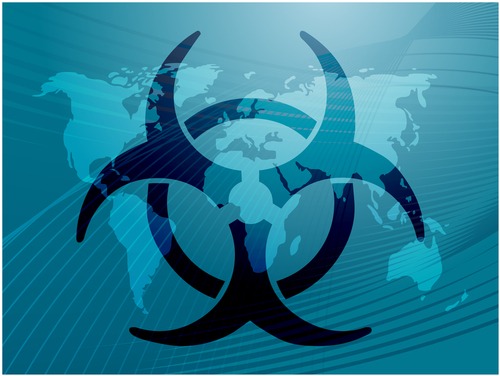
A new report from the U.S. Government Accountability Office has found the U.S. Agency for International Development (USAID) and the Centers for Disease Control and Prevention (CDC) spent nearly $1 billion assessing whether other countries’ capacity to address infectious disease threats before the onset of COVID-19.
Over five years, the report said, USAID and CDC worked with about 30 countries to help them shore up their ability to handle infectious diseases. From 2015 through 2019, the agencies used $1 billion of the $1.2 billion allocated by Congress to look at several capacity indicators – such as the strength of a country’s diagnostic laboratory system – to assess how well those countries could fight infectious diseases.
In most of the categories, the agencies found, the capacity to fight infectious diseases remained stable or improved as of 2016 and 2017. But in some categories, the agencies found, challenges to building capacity were outside of the U.S. government’s control.
The GAO report stems from House Report 114-693, which included a provision for the office to review the use of funds provided to USAID and the CDC to promote global health security. Specifically, the report was to look at USAID and CDC’s funding and activities, as well as their assessments of other countries’ capacity to deal with infectious disease threats.
To accomplish that objective, the GAO analyzed agency, interagency, and international organization documents, as well as interviewing agency officials in Washington, D.C., Atlanta, Georgia, Ethiopia, Indonesia, Senegal, and Vietnam.
The GAO report found that U.S. officials’ assessments of some partner countries had some capacity in each of the 11 technical areas but faced challenges. By 2019, 14 countries had developed or demonstrated capacity in most technical areas. The most common challenges to developing global health security capacity, the agencies found, were weaknesses in government institutions, constrained resources, and insufficient human capital. While both USAID and CDC said those challenges could be overcome with more U.S. government funding, technical support, or diplomatic efforts, many were outside of the U.S. government’s control.




